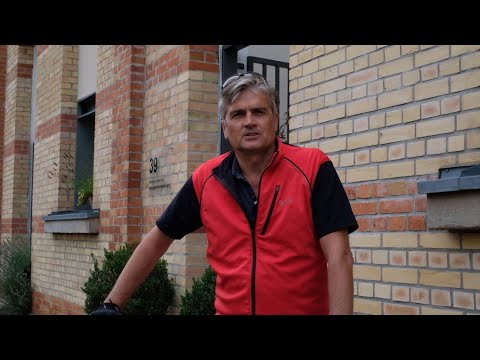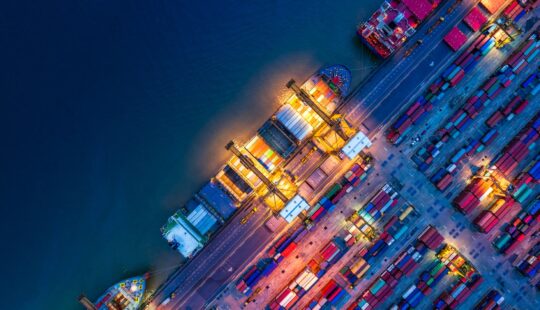I recently wrote about how two surveys of business executives put supply chain top of mind among them and the expectation that that there’s more disruption to come.
With a backdrop of floods in Germany, Belgium, the UK, and China, and with wildfires raging in Greece, Italy, and the west coast of the U.S., a new major United Nations (UN) scientific report in essence says there is more to come. The Intergovernmental Panel on Climate Change (IPCC) concluded the treaty is almost surely out of reach.

While many are turning to the public sector to take the wheel, the private sector is waking up. As Kimberly Nicholas, scientist and author of Under the Sky We Make, told Fortune, “As much as any other sector, businesses benefit from a stable, predictable climate. The more we let the climate warm, the harder it is to adapt.”
While businesses look to lower the risks of their supply chains, impacted often by these natural phenomena as well as geopolitics, they are also increasingly looking at how their supply chains might be impacting the environment.
For instance, large cargo ships, which are the standard oceanic transport of material and goods, expel 2.9% of global carbon dioxide emissions — as much as the South American continent produces. Interestingly, one solution being considered is taking advantage of wind, which is generated by changes in air temperature. A number of ships equipped with modern sails are already in use, serving as a proof of concept for wind propulsion.
Business leaders are increasingly recognizing the importance of sustainability, with 86% of respondents in the Oxford Economics survey “Surviving and Thriving: How Supply Chain Leaders Minimize Risk and Maximize Opportunities” noting it as a competitive differentiator.
And what is SAP doing about this? Earlier this year, we introduced SAP Business Network to help customers align with their business partners to manage commercial flow while gaining insights into sustainability opportunities. Collaboration through this network addresses design, manufacture, shipping and delivery, and the maintenance of products in order to lower carbon footprints while reducing waste.
Throughout the end-to-end design to operate process, many elements help customers to create a sustainable enterprise with thinking green, embracing the circular economy, and supporting transparency. Companies can gain visibility into carbon footprint data throughout a product’s supply chain, bringing the ability to take sustainable supply chain decisions based on actionable insights. Product-related carbon footprint data, such as for production, material sourcing, or transport, from SAP Product Footprint Management can be utilized in SAP Integrated Business Planning for Supply Chain.
SAP has embraced an end-to-end sustainability mission to address the three pillars of sustainability: economic, social, and environmental. This approach addresses customer priorities: profits, protecting the planet, and people.
The SAP solution portfolio supports these principles of sustainability by embedded them in products. For example the Climate 21 initiative address areas including sustainability index reporting and circular economy through the design-to-operate pillars of design, manufacturing, logistics, and assets.
The individual pillars of design to operate address customer needs around recyclable and environmentally sustainable products, ethical sourcing and traceability, reduction of waste and lowering of emissions, health and safety of assets and people, overall reduction of carbon footprint through efficient planning and logistics management, and efficient operation of assets to reduce energy consumption. This eliminates a single-dimension approach to sustainability around only one or two topics.
While the IPCC’s conclusions do not provide a feel good moment, they do offer another strong incentive for companies to examine how their supply chains can make the world a better place. Not only is supply chain not boring, it’s taking center stage.
Franz Hero is head of SAP Digital Supply Chain Development.



